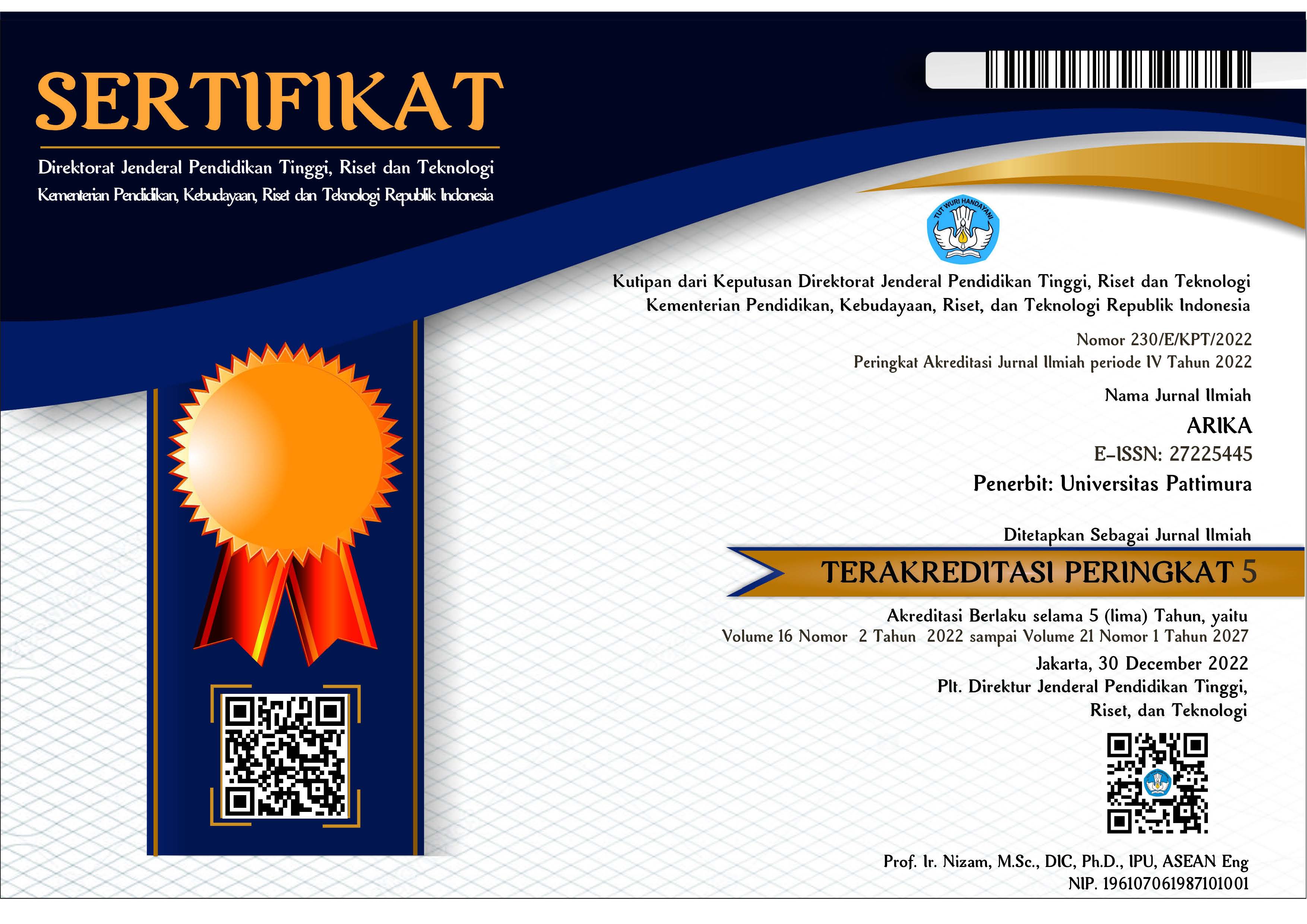Predicting the Selling Price of Dried Eucheumacottonii in Indonesia with Four Classifier of Data Mining Techniques
Abstract
Dried Eucheumacottoniiseaweed (DES) is one of the main aquaculture commodities in Indonesia. Local farmers plant, harvest, and dry the seaweed, and subsequently sell it to traders. The selling price of seaweed depends on internal and external factors. To maximize their profit, farmers have to estimate the future price development by means of these factors. This paper presents a novel data-driven method reports on our attempts to develop methods to aid farmers in making such predictions. More specifically, we apply data mining to the task of predicting the seaweed price eight weeks ahead, at the time of selling. The data mining algorithm, i.e., classifier, requires attributes as its inputs. In our experiments, we selected three internal and three external factors as input attributes. The internal-factorattributes used are: current price, dirty content, and moisture content. The three external-factor attributes all relate to the weather and areminimum temperature, maximum temperature, and precipitation. All attributes are measured at time t. The output of classifier is a binary classification indicating if the seaweed sales price at time t plus eight weeks is larger or smaller than the price at time t. The data is collected from two publicly available sources and consists of 275measurements of six attributes each.We evaluated the performances of four classifiers on our data set using 10-fold cross-validation. The results obtained revealed that we were able to predict the selling price of seaweed with an accuracy of64%. Analysis of the trained classifier revealed that the main attribute used for predicting the future price is the current price. In conclusion, our data mining experiments suggest that it is feasible to predict the future price development of seaweedselling pricein Indonesia with accuracy above chance level.
Downloads
An author who publishes in the ARIKA Jurnal agrees to the following terms:
- The author retains the copyright and grants ARIKA journal the right of first publication of the work simultaneously licensed under the Creative Commons Attribution-ShareAlike 4.0 License that allows others to share the work with an acknowledgment of the work's authorship and initial publication in this journal.
- The author is able to enter into separate, additional contractual arrangements for the non-exclusive distribution of the journal's published version of the work (e.g., post it to an institutional repository or publish it in a book) with the acknowledgment of its initial publication in this journal.
- The author is permitted and encouraged to post his/her work online (e.g., in institutional repositories or on their website) prior to and during the submission process, as it can lead to productive exchanges, as well as earlier and greater citation of the published work (See The Effect of Open Access).










